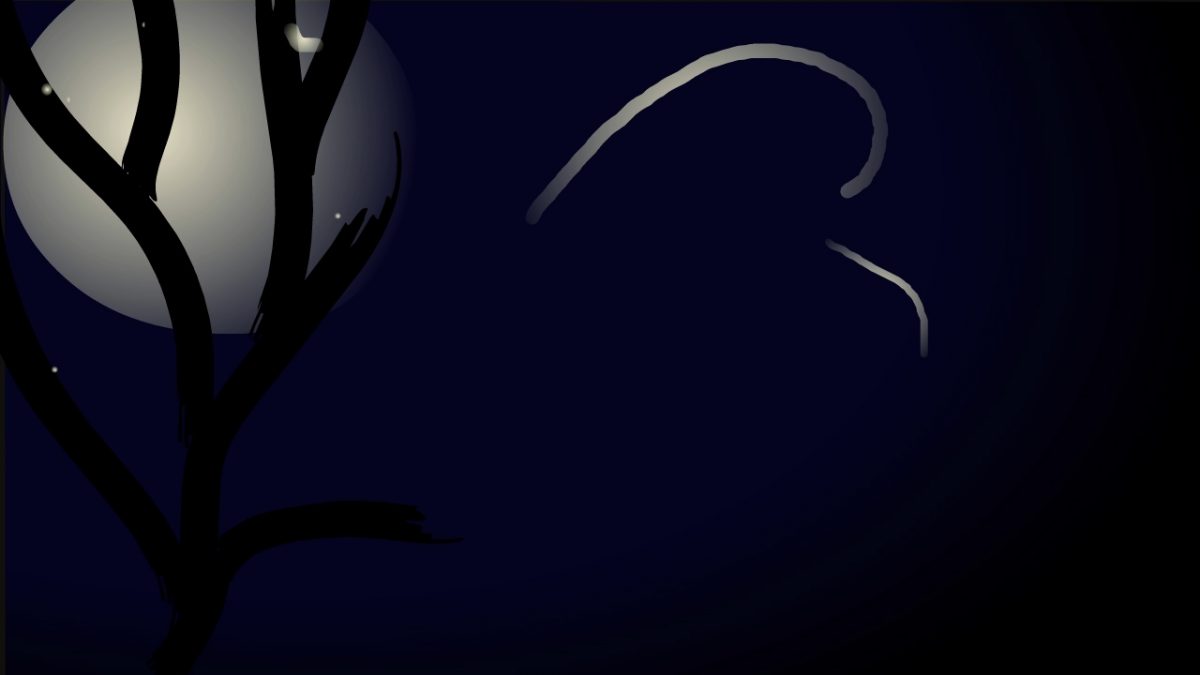-
E2.7-2.10: Pose to Pose Animation

Direct animationvs Pose to Pose Direct animation ‘Direct’ animation is an open-ended ‘adventure’ that starts by drawing, sculpting or photographing the first frame of the animation and then capturing each subsequent frame, progressively building up movement sequentially. This is the workflow of animation methods like Stop Motion and the Visual Music experiments. Although the process…
-
E2.6: Distorted and Exaggerated GIFs

Movement observed, ‘captured’ and distorted An animator must imagine every aspect of the image and its motion. This reliance on imagination frees the animated form from the necessity of real life observations as in the early experiments with visual music. The history of commercial animation started with the studios set-up by the Disney brothers, Warner…